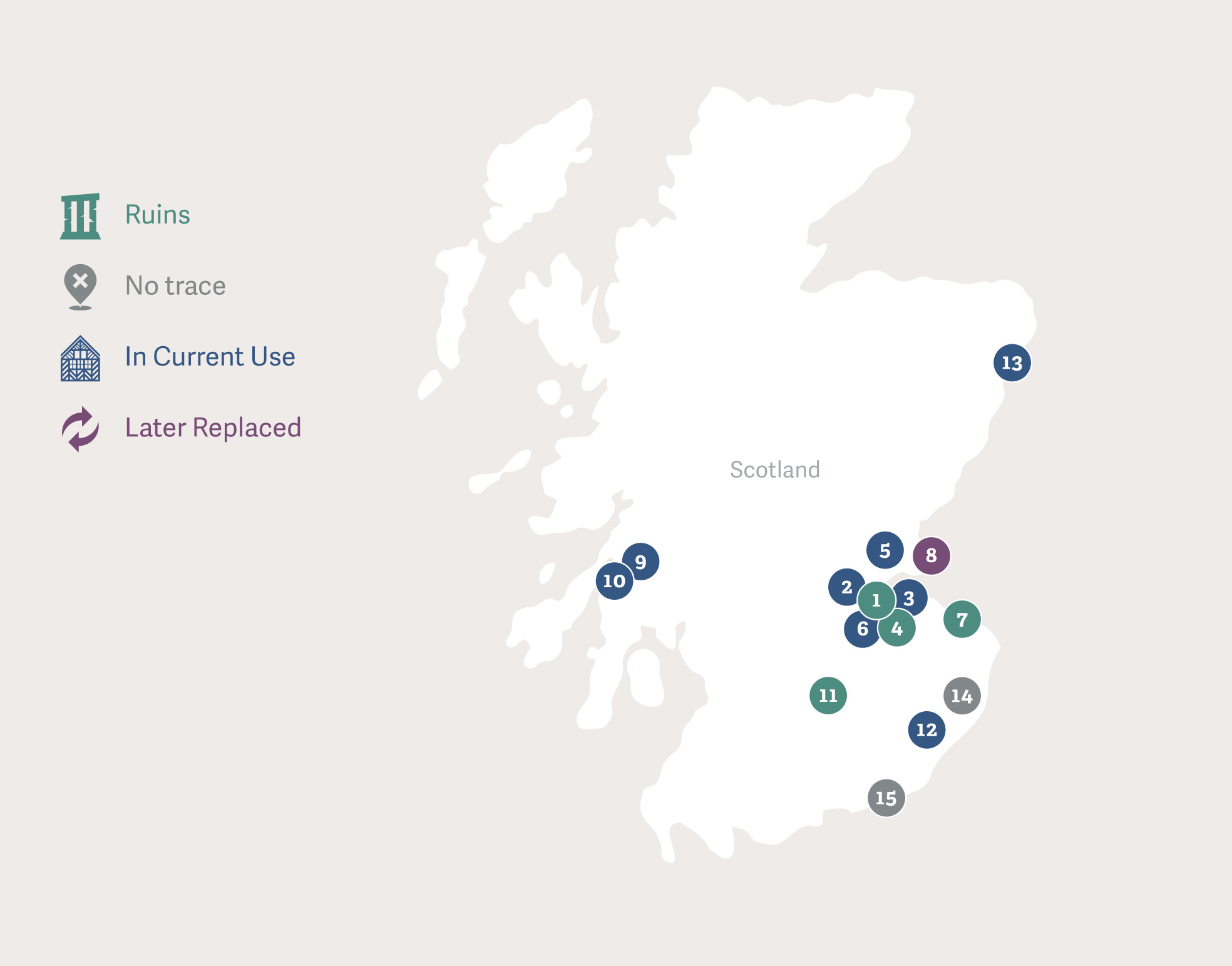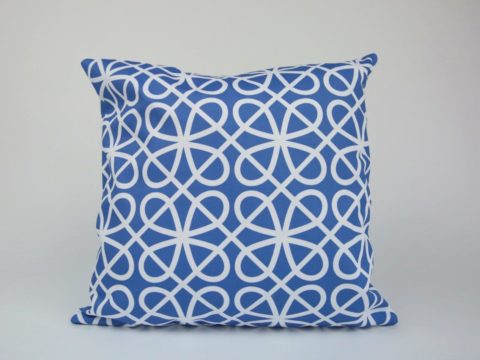James V: Castles and Keeps
James V was an indefatigable traveller – partly for political purposes, and partly to indulge his love of hunting. He also, unusually for a king, spent several months abroad when he visited France to find a bride.
The numbers against the places correspond to those on the map here and at the end of this article.
On Saturday, 10th April, 1512, James V was born in Linlithgow Palace (1), which had been his father, James IV’s, ‘morning gift’ to his bride, Margaret Tudor. The palace, which is now an evocative ruin, was one of the most modern and comfortable in Scotland. He was baptised the following day, which was Easter. Despite his parents’ marriage having been intended to promote peace between England and Scotland, within eighteen months the countries were at war, and James IV was killed at the Battle of Flodden. Young James was now king, aged seventeen months.
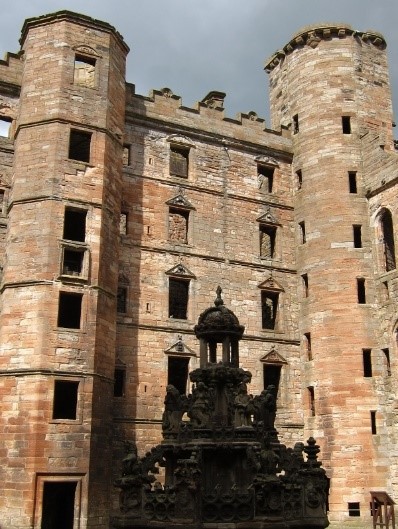
Margaret took him to Stirling (2), one of the most defensible castles in all of Scotland, situated at the crossing point on the Forth that had seen numerous battles, including Bannockburn, two hundred years before, and Sauchieburn in 1488. James was crowned in the Chapel Royal at Stirling on 21st September.
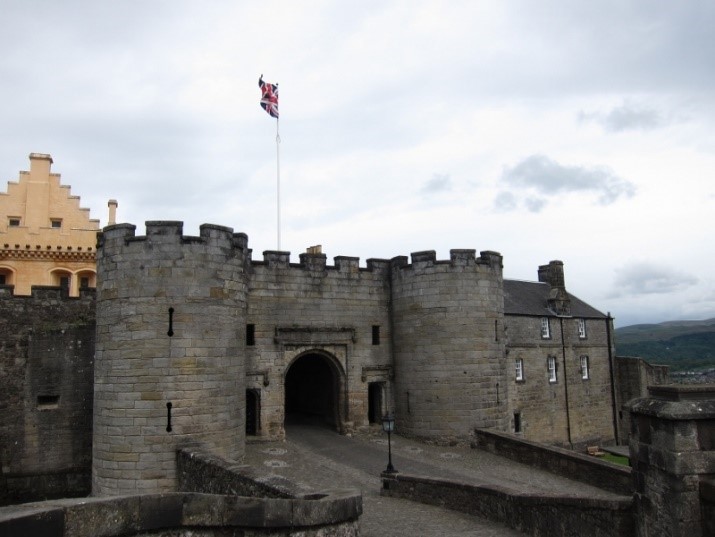
During James’ minority, there were constant quarrels over guardianship of his person, and he was usually moved between Stirling, Edinburgh Castle (3), and Holyrood Palace (6). In September 1517, an outbreak of plague in Edinburgh led to him being moved to Craigmillar Castle (4), about three miles south-east of the city centre. He also spent time at Dalkeith Castle.
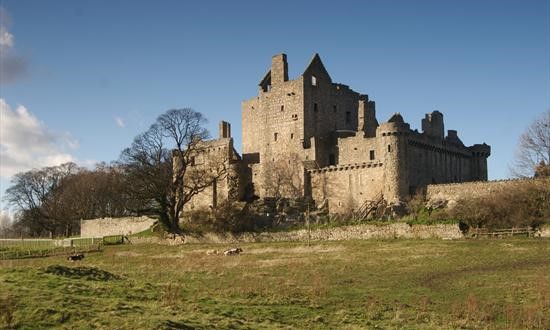
In 1524, James was declared of an age no longer to need a Regent or Governor. Instead, he was to be under the guardianship of his mother, and various lords who would take turns to supervise him. Matters did not go as expected, and Archbibald Douglas, 6th Earl of Angus, and estranged husband of Queen Margaret, took control of James.
For the next four years, Angus ruled James and the Government, setting himself up as Chancellor, and giving key offices to his friends and family. James chafed under his government, but despite a couple of attempts was unable to break away until May 1528. Accounts vary as to whether James was at Edinburgh or Falkland Palace (5) when he managed to escape to Stirling in May.
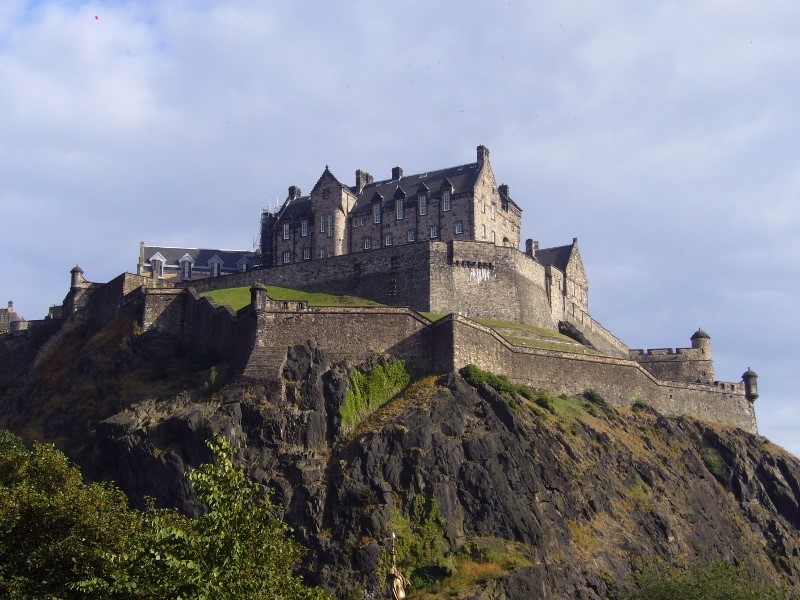
Now sixteen, James began his personal rule. One of his early actions was to march on Tantallon Castle (7), Angus’ stronghold on the northern coast of Lothian and besiege it. The King arrived with impressive artillery but despite battering away for nearly three weeks could not mount an effective attack. He was unable to capture the castle or Angus (who was elsewhere) and lifted the siege. In May 1529, Angus, still being hunted by James, managed to slip away to England. Tantallon was taken into royal hands.
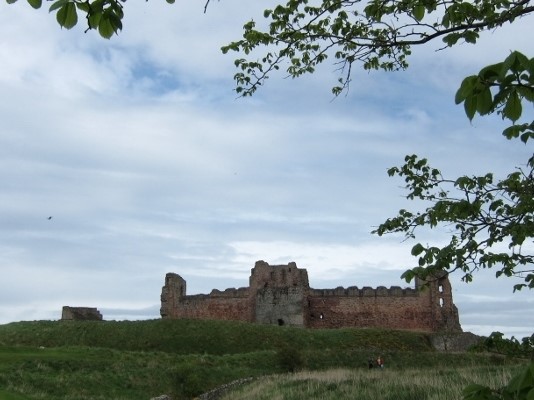
Over the next few years, James travelled extensively around the south of Scotland, largely in the cause of putting an end to the constant lawlessness in the Borders. During two expeditions of 1529 and 1530, he visited Haddington, Jedburgh, Peebles, Lindores, Crammald (now Cramalt Tower) and Magetland (the area around today’s reservoir of Megget Water).
He also ventured further north, to Allan Water, Perth, Dundee and Dunkeld. He did not generally stay anywhere for more than a few days, and most trips were from his main residences at Stirling, Edinburgh (both the Castle and the Palace at Holyrood) or Linlithgow and then back.
One of James’ chief interests, as for so many noblemen of the time, was hunting. There are frequent references in the Lord Treasurer’s accounts for the expenditure on dogs, horses and hunting equipment, as well as for hunting trips, particularly near the delightful Falkland Palace, the hunting lodge that he spent significant sums of money upgrading.
In the summer of 1533, he went further afield on a hunting trip, to Blair Atholl Castle (10), seat of the Earl of Atholl. The whole court went on the jaunt, James, Dowager Queen Margaret, the Papal envoy who was visiting and the King’s councillors. During the visit, some 600 animals were slain – deer of various kinds, wolf, foxes and even wild cats. The Earl had built a splendid wooden palace for the King, which, on departure, was burnt. James told the astonished Papal Envoy that it was the custom for countrymen to burn the place they had slept in the night before!
After leaving Blair Atholl, James went on to Dunkeld and Perth, before travelling west to Glenorchy and Inverary (9).
On 1st September 1536, James set sail from Kirkcaldy to visit France, where he spent some nine months, returning in May of the following year with his bride, Madeleine of France. Madeleine took up residence at Holyrood Palace, but died within two months of her arrival, and was buried in the Abbey. The mourning for the young Queen was intense, and orders had to be given for black cloth to be brought in from Dundee to Edinburgh for mourning clothes, the city having run out of black. A further order was given, preventing any increase in the price of black cloth.
The following June, a new wife and queen arrived, Marie of Guise, at Balcomie Castle (8) in Fife. James and Marie were married at St Andrew’s, where they then spent six weeks before moving to Cupar, to Falkland for hunting and then on to Stirling and Linlithgow.
On 1st March 1539, James was at Edinburgh, where he witnessed the burning of five ‘heretics’, before returning next day to his Queen at Linlithgow. Whilst James and Marie do not seem to have been particularly attached to each other, they spent plenty of time together, hunting, visiting the shrine of St Andrew’s and enjoying their building projects. According to one source, they went on a pilgrimage in their ship, the Unicorn, to a shrine on the Isle of Man (12), but it seems unlikely. At some point (the dates are unclear) they also travelled to Aberdeen (13), and spent some two weeks there.
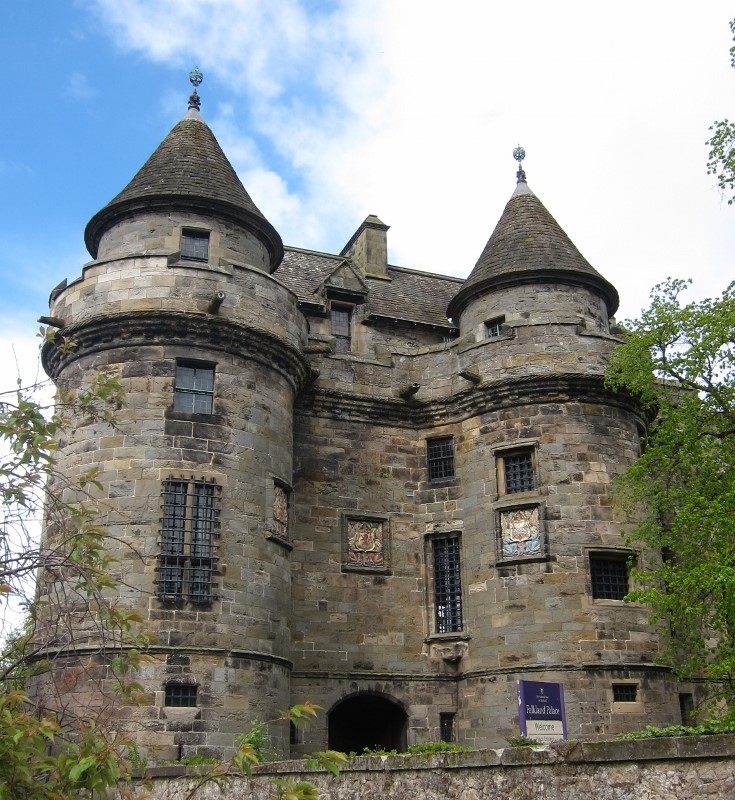
Whilst at Falkland Palace, it is likely that James would have visited his menagerie. These were popular symbols of Renaissance power, and James was the happy possessor of various wild animals, including a lion. The creature had been bought in Flanders, where James’ man was outbid by his uncle’s, but Henry VIII then sent it as a gift.
During the summer of 1540, James went on an extended tour, by sea, around Scotland. He was not accompanied by his Queen, possibly because she had only just had a baby, or perhaps he saw the mission as essentially a demonstration of power in areas of Scotland that were not fully controlled by the Crown, and hence potentially dangerous.
He sailed with some twelve ships as far as the Orkneys (which had come to Scotland as surety for the dowry of his grandmother, Margaret of Denmark, and never been redeemed), and then through the Hebrides and the Western Isles.
In the Spring of 1541, James’ second legitimate son, Robert, was born, but both he and his older brother died on 21st April of that year. Both King and Queen were distraught. The children were buried at Holyrood, next to Queen Madeleine.
During 1541, James seriously considered visiting England, to hold a conference with his uncle, Henry VIII at York. It appears that the English thought this was a definite arrangement, whilst James did not believe he had actually committed himself to it. James’ failure to appear at York was held against him by Henry, who believed he had been humiliated by his nephew. Later that year, James attended the funeral of his mother at Perth.
The uneasy peace that had obtained between Scotland and England since the late 1520s (border raids by local reivers excepted) began to break down. By and large, border raids were ignored as casus belli unless they took place under the direct orders of either King or were led by his lieutenants. In early 1541, the English Duke of Norfolk led a massive raid into the south-east of Scotland, but was defeated by Scots, under the leadership of George Gordon, 4th Earl of Huntly, at Haddon Rig (14).
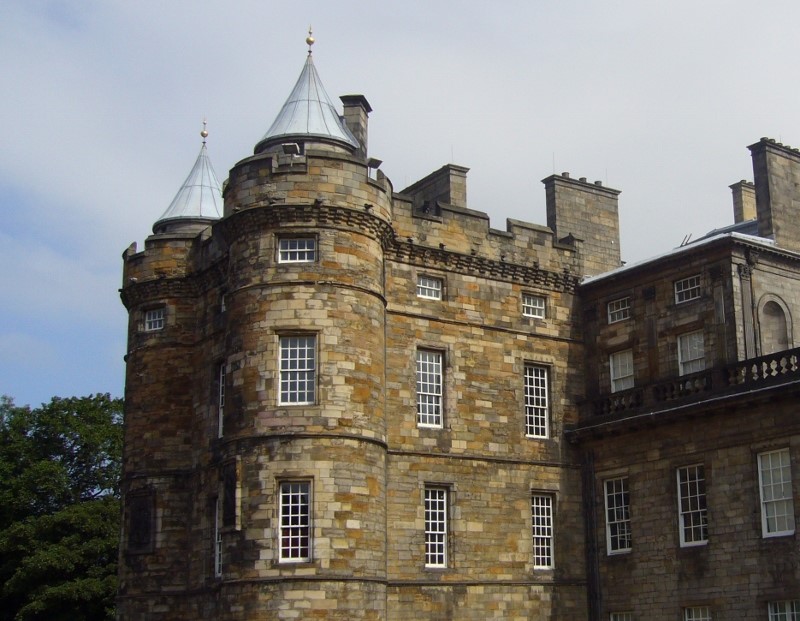
What was intended as a retaliatory raid, in the west went horribly wrong when James’ troops were scattered or imprisoned at Solway Moss (15) on 24th November 1542. Within three weeks of the battle, James had died at Falkland Palace. He was interred next to Queen Madeleine and his sons at Holyrood.
This article is part of a Profile on James V available for Kindle, for purchase from Amazon.
The map below shows the location of the places associated with James V discussed in this article.
